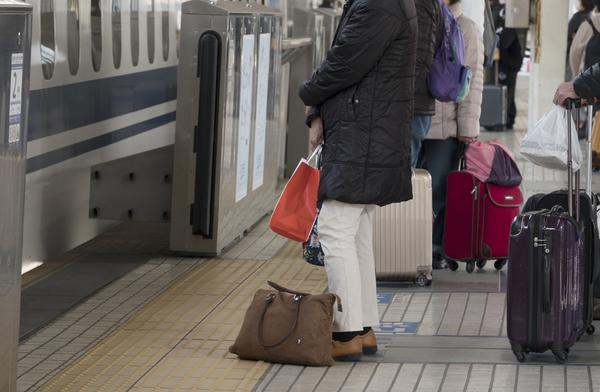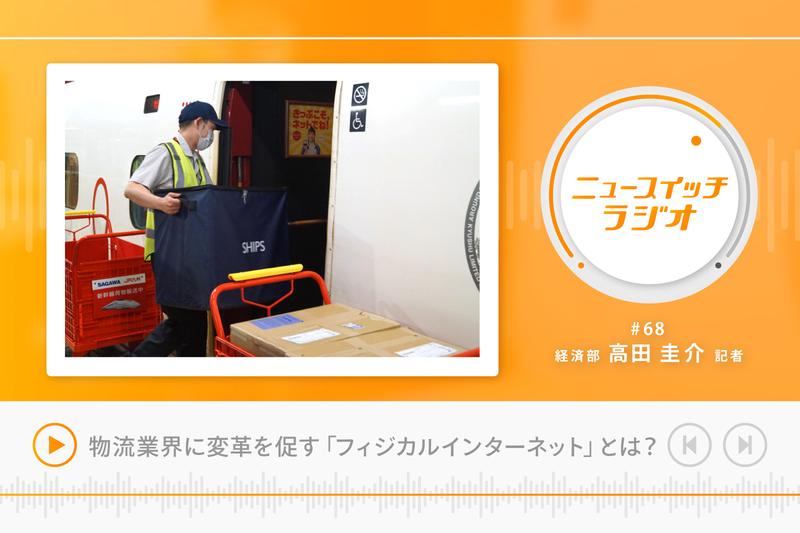There is no problem if a 4 -point belt is used in combination with a 3 -point seat belt
An example of a 4 -point type on a commercial vehicle.

A automotive seat belt appeared in 1922. It is said that the equipment started with the competition vehicle, and in 1955, Ford sold a two -point seat belt as an option in 1955. Later, Volvo developed a three -point seat belt in 1959, which is the prototype of the current seat belt. [Image] See how to use a 4 -point belt on public roads (14 pieces in total) By the way, the commercial vehicle is a 3 -point seat belt, so JAF's domestic competition vehicle regulations "Race Belt in race competitions" Looking at the "detailed rules," Equipped with a full harness type of 4 or more, and always wear it during the competition. " It also states, "We strongly recommend that one or two" leg straps "are added from the viewpoint of" submarine phenomena "at the time of collision." By the way, the submarine phenomenon is a phenomenon in which the lumbar strap (Lap Strap) slides on the pelvis during a collision, even if the seat belt is correctly attached.
The larger the number of seat belts, the safer
In other words, the seat belt is more safer than the two -point type, 4 -point type, 4 -point type, 5 points, 6 points, and 8 -point points than the 4 -point type. 。 However, if you drive only with a full harness of 4 -point or more instead of a genuine three -point seat belt on a public road, you will be subject to a deduction for a violation of a seat belt installation obligation. One point regardless of general roads and expressways. No foul money). Why is this one? In fact, it is simple and clear, which is written in the security standards as follows.・ Article 22-2 of the security standards of road transport vehicles, "The second -class seat belt in the driver's seat and the passenger seat and the first -class seat belt in the driver's seat have a structure that can easily move the waist and upper body during normal operation (Elr). A four -point seat belt without ELR retractors (automatic winding devices) does not meet this rule, so it cannot be said that it has cleared the requirements for a public road.
If you use it on public roads, you need a certain degree of freedom
When running on public roads, there is an opportunity to lean forward and check safety at an intersection with poor visibility, or twist the body back or operate the instrument panel during the back. For this reason, a seat belt with ELR may have been required because of the idea that there is no degree of freedom in the upper body to some extent. However, in rally competitions that use some public roads, the rule is to use a 4 -point or more and 3 -point seat belt, so if the 3 -point type is tightened, it will be used in combination. It is not to violate. You may not be satisfied, but the rules are rules, so follow the rules. Speaking of rules, be careful as the motor sports competition seat belt has an expiration date. There is a rule: "The expiration date of the FIA official sheet is five years from the date of manufacture indicated by the label on the seat," so those who participate in JAF -approved competitions should not forget to check the expiration date.
Ryuta Fujita






![[New Toyota Voxy (90 series)] Amplifies the characteristics of the aero body! A design that further enhances the power of the front mask! #Works direct custom deep layer 001](https://website-google-hk.oss-cn-hongkong.aliyuncs.com/drawing/article_results_9/2022/3/25/01568e2fbf021c0eaf7d013507c850a4_0.jpeg)
![[Toyota Noah / Voxy new model] Modellista releases various customized parts ... Actual vehicle exhibited at Tokyo Auto Salon](https://website-google-hk.oss-cn-hongkong.aliyuncs.com/drawing/article_results_9/2022/3/25/8268612c1e5941e62d3dfd07f8991b2f_0.jpeg)

